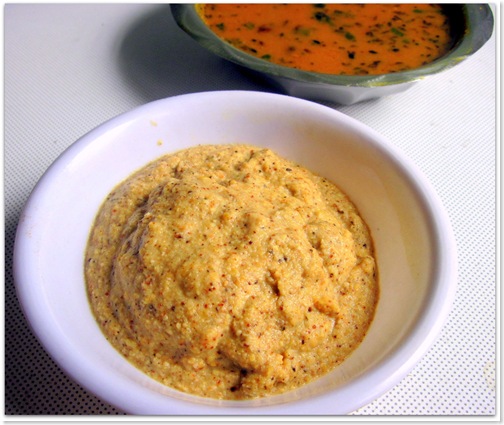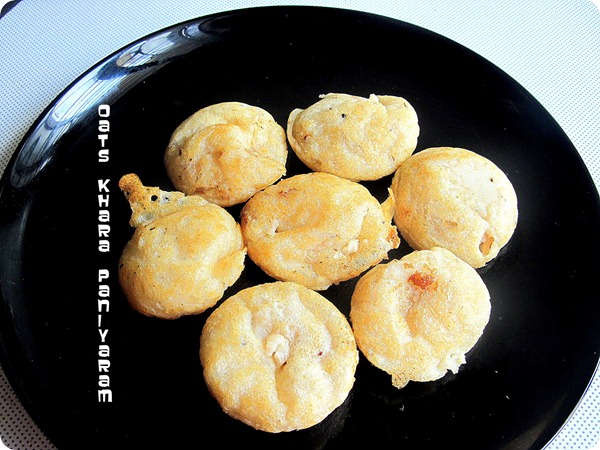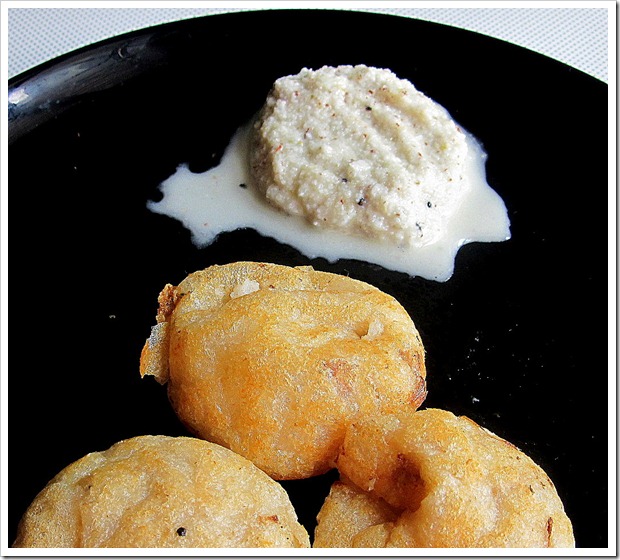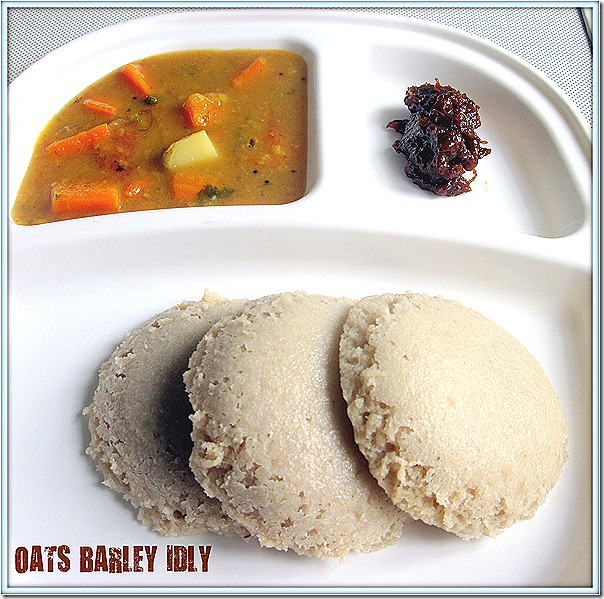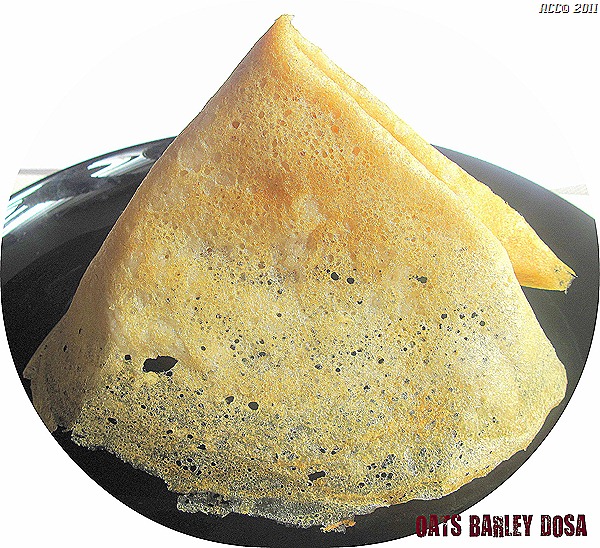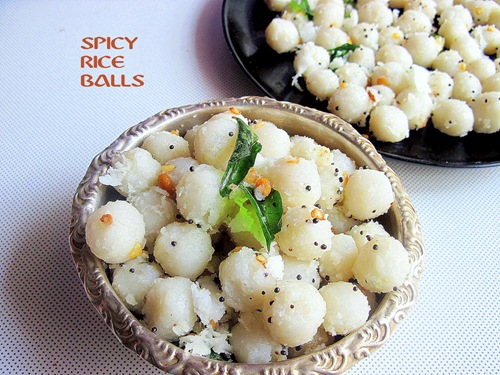domingo, 29 de abril de 2012
What's happened to Beyond Baked Beans?
Due to my inattention and a mix-up on who should renew the domain name it's expired. Someone else has snapped up the name and is running ads on it. It was never a moneymaker so I can't afford to buy it back. The domain registration site GoDaddy even wants to charge me commission for finding the buyer (surely they know?) and negotiating a sale. On top of a fee. I can't afford to pursue that.
It's a sad day. The site, which was founded at the same time as my first cookbook came out in 2003, has been going for over 8 years, encouraging students to cook and eat healthily. But it's not all bad news.
* There is a Beyond Baked Beans Cooking Page on Facebook which I'll be updating more frequently while I sort out what's to be done
* The books - Beyond Baked Beans, Beyond Baked Beans Green and Beyond Baked Beans Budget are still around and available for next to nothing on Amazon. Plus there's a full-colour illustrated compendium of all the best recipes called The Ultimate Student Cookbook which also contains recipes from three of our ex-students James, Sig and Guy.
* Plans were already in hand to pass the website over to the students of Bath Spa university to give it a comprehensive makeover. I'm sure a better, more interactive site will result.
* And there are plenty of simple, low-cost recipes here on this blog for students or anyone else on a budget.
But it's a useful warning if you have a site of your own - don't ignore reminders about domain name expiries and make sure the credit card you pay with is up to date.
And if you're the person who bought the site, just think about it. The site helped many young people to learn how to cook. It would be nice if you gave it back.
PARUPPU THOGAYAL
This is my husband's favorite thogayal. It tastes the best when paired with vatral kuzhambu . Its is a delectable combination.
INGREDIENTS
- Moong dal - 1 fistful
- Toor dal - 1 fistful
- Red chilly - 2 nos medium sized ( 1 if long)
- Grated coconut - 1 tbsp ( optional)
- Pepper corns - 1 tsp
- Garlic cloves - 6 nos
- Salt - As reqd
METHOD
- Take a kadai and add a tbsp of oil. Fry the dals along with red chillies.
- Once its cool grind adding salt , grated coconut and little water to make a paste.
- Finally add the pepper corns and garlic cloves and grind well .
- Add little water if required.
Mix with plain rice adding sesame oil ..Enjoy !!
jueves, 26 de abril de 2012
OATS KAARA PANIYARAM USING IDLY/DOSA BATTER
Nowadays i am making oats buttermilk porridge and oats- wheat rava idly for my hubby very often. I wanted to try some other simple and yummy dish with oats. Last weekend i tried this for our breakfast . I got this recipe from aval vikatan supplementary. It was very nice. The actual recipe called for grinding , fermenting and all. But i made an instant paniyaram with little left over idly/dosa batter. The taste was awesome. It was like the usual one we make with idly batter.We loved it. Try this and let me know.I've also written the actual recipe at the end of the post.Please have a look at it.
INGREDIENTS
To temper
SOUR CURD – 1.5 TSP (OPTIONAL)
|
METHOD:
- Dry roast oats for few minutes and grind to make a fine powder.
- Mix idly batter and powdered oats with the required salt and water. The batter should not be too thick.
- Temper all the items given above and mix in the batter.
- Take a non-stick paniyaram pan and pour the batter. Drizzle little oil if necessary.
- Cover and cook for sometime. Flip and cook the other side for few mins.
Delicious oats paniyaram is ready to savour with coconut chutney or any other chutney of ur choice !!
NOTE:
- This paniyaram would be very soft inside . So dont think its uncooked. It cooks very fast just like our normal paniyaram . Just cover and cook in sim fire for sometime. Its enough.
- I dont like the smell of oats to be dominant here . So i've added equal quantity of oats and idly batter. U can lesser the amount of idly batter and try.
- Sometimes the sourness of batter may reduce if u add oats. Add little sour curd if needed.
| ACTUAL RECIPE GIVEN IN THE BOOK
To temper : The same ingredients as mentioned above. METHOD
|
KITCHEN CLINIC
| OATS Breakfast is the most important meal of the day as it can affect mood and energy level for the entire day. And the best way to start your day is Oatmeal. Oatmeal has long ranked among the best foods for fighting cholesterol. A single bowl of oatmeal provides all essential nutrients like complexcarbohydrates, B vitamins, fiber, and minerals such as phosphorous, iron, selenium, and calcium. The Oat (Avena sativa) was originally cultivated in southern Europe some 5000 years ago. Hippocrates wrote that oats made into porridge or gruel (a thin porridge) is refreshing and helps hydration. During wars, the Scottish soldiers use to carry a bag of oatmeal as a source of strength. They also believed that it could build and regenerate bones andligaments. We are all aware of the high fiber content of Oats but very few people know about the other benefits of Oats. These include:
The lipids present in oats contain a good balance of essential fatty acids, which has been linked with longevity and general good health. You should aim to eat roughly 1 cooked cup of oatmeal each morning for optimal health benefits. Be sure that you have a bowl of oatmeal every morning. Your body will thank you for it! |
Why do YOU cook, Monica Bhide?
I'm not sure there is a harder working food writer than Monica Bhide. She teaches, writes magazine articles, has a syndicated newspaper column called Seasonings, and has written several cookbooks including her most recent, Modern Spice. What I like about her writing is the personal stories and her enthusiasm for using different ingredients. She's also about as big a twitteraholic as I am. Not only do I learn something new when I read her stories, articles and tweets, but I enjoy the journey.
As a child, I always felt that I had trouble relating with the world. I always felt that I did not fit in the crowd and that I could not really 'connect' with people. Then one day, I discovered what I did relate to: the kitchen. I would spend hours watching my parents and my grandparents and uncles and aunts cooking but never attempted to try it myself. I think I was about 8 or 9 when I began to cook. It was an experience unlike any other. I never felt awkward or out of place in the kitchen. I never thought of cooking as hard (unlike school work!). The kitchen made me feel at peace with myself. It was around the same time that I started writing... but all the writing was private. I never shared it with anyone.
But back to cooking: As a child, there were so many things I could not do. I did not know how to swim or ride a bike or be one with the in crowd. But I knew how to bring out the best in eggplant, i knew how to sizzle cumin just right to release it's flavor and aroma, i knew how to stuff an okra with a pungent spice mix, I knew how to simmer a deep and intensely flavored lamb curry. I would go to the farmers market and pick fruits and vegetables with my dad and learned how to tell good fish from bad. And then the magic happened: when I served the food to people, they liked it. It became the source of connection with friends and family and those who came to my table. I felt like I finally had made a connection. Years later, as I cook to care and nurture my family, my writing grew up. I heard from more and more people that they connected with my words and that made them want to cook my food.
I cook because it is who I am. Cooking, for me, is a away of nurturing those around me and sharing a part of me with them. My world of writing and food makes me feel like I belong in this world and that I have a purpose and that I matter and can make a difference.
Monica Bhide is the twentieth person profiled in this series. Read more profiles.
sábado, 21 de abril de 2012
OATS BARLEY IDLY–FERMENTATION METHOD
I got an idea of making barley idly from here. I followed the same recipe. The idly was super soft and tasty. I was not able to find i added barely.Thanks Aruna.Nowadays i make this idly very often.I wanted to make some changes to the recipe by adding oats and tried sterday.My hubby was surprised & asked me whether i've added oats and barley because there was no change in taste or smell from the usual idly.Only the color of idly was changed.He was very happy to have this idly for breakfast and dinner.I made dosas too. It was crispy and yummy..
| INGREDIENTS
|
METHOD
Enjoy soft , healthy idlies with sambhar or chutney !! |
POINTS TO REMEMBER
|
KITCHEN CLINIC
| Barley: a nutritional powerhouse As cereal grains go, barley is a winner when it comes to good nutrition. This centuries-old grain is packed with fiber, contains important vitamins and minerals, is slim on fat, and, like all plant products, cholesterol-free. Here's a closer look: Fiber Cholesterol and fat Vitamins and minerals Antioxidants Phytochemicals HEALTH BENEFITS
Caution
Cooking Tips
Kinds of BarleyBarley nutrition today comes in all forms possible. The grain, the leaves and the extract of barley are all used as food sources. Here are some of the most widely used forms of barley nutrition:
As you can see, barley nutrition comes in all forms, so it is easier for us to take advantage of its nutritional benefits. |
Cooking My Way Back Home, Kokkari & Bi-Rite Market's Eat Good Food
It may sound odd to say I don't go to Mitchell Rosenthal's restaurants, namely Town Hall and Anchor & Hope (never been to Salt House) primarily for the food. Oh the food is good, some of it is outstanding, but I really go because those restaurants just feel so good and welcoming. It's like a party every night, at both places, not in a rowdy way, in a 'I can't remember the last time I had so much fun at a restaurant' way. At Town Hall I always sit at the communal table, and I love it. You cannot eat there without making friends with your neighbors and chatting over your dishes. Rosenthal's new cookbook, Cooking My Way Back Home, manages to share a lot of the fun through stories and photos, not to mention recipes.
The book is like one of my other favorite cooking reference books, Zingerman's Guide to Good Eating, only on steroids because it includes so much more information, specifically about fresh meat, seafood, dairy, wines and a plethora of fresh produce. Read it and become an expert on choosing, storing and using the best ingredients possible. Recipes are really secondary, but some to whet your appetite include Cocoa-Cumin Beef Roast, Lemony Kale Caesar Salad, Spanish Deviled Eggs (to die for!) and Roasted Cauliflower and Brussels Sprouts with Caper Lemon Butter.
Local Author Events:
On November 17th Mitch Rosenthal of Town Hall will be speaking at Omnivore Books
On November 2nd Sam Mogannam of Bi-Rite will be speaking at the Commonwealth Club.
Thursday, November 3rd Erik Cosselmon of Kokkari will be teaching a demo class on rotisserie and roasting at Purcell Murray Brisbane
viernes, 20 de abril de 2012
2012 Food & Dining Trends
Yes, please!
More transparency and labeling in the food system

Have you been to a supermarket lately? All the seafood is now labeled so you know where it comes from and whether or not it is farmed and if color is added. That is amazing considering that not long ago seafood had barely any labeling at all, but it's just the beginning. I believe consumers will demand labels on produce and meat too. Food contamination and security issues are only a few of the issues driving this trend.
Foraging, hunting and wild food
Wild and foraged ingredients are showing up on more and more menus and there are classes and books to help you learn about this return to a more primal way of eating. The poster boy for this trend is Hank Shaw. The poster Girl? Georgia Pellegrini!
Local culture on the plate
Rene Redzepi the chef at NOMA, (the world's number one restaurant according to one survey) has inspired countless chefs and delighted diners. He uses local ingredients to create a unique cuisine that is a reflection of a singular time and place. This is where high end dining is going. Something that can only be found in one spot is the ultimate in exclusivity.
Honey
 The world's first sweetener and a product from bees who we are dependent upon for pollination of fruits and vegetables from avocados to watermelon. Bees have already been in the news because of colony collapse but I think their honey will get some more attention soon too, now that the scandal of widespread bogus honey has been revealed. Honey is an unrefined sugar and a true expression of flora. Trying and learning about honey is as exciting and never ending as learning about wine or coffee.
The world's first sweetener and a product from bees who we are dependent upon for pollination of fruits and vegetables from avocados to watermelon. Bees have already been in the news because of colony collapse but I think their honey will get some more attention soon too, now that the scandal of widespread bogus honey has been revealed. Honey is an unrefined sugar and a true expression of flora. Trying and learning about honey is as exciting and never ending as learning about wine or coffee. Digital cookbooks
Epicurious is leading the way here with ecookbooks, offering a variety of best selling cookbooks you can now save to your 'recipe box.' Since we are already using our computers in the kitchen and to look for recipes, this makes a lot of sense. It makes finding, sharing and using recipes much easier.
Lamb, goat, rabbit and bison
 I'm sorry to disappoint any vegan activists, but it's just not likely that Americans are going to give up eating meat. However I do believe they are going to think about sustainability and start making more informed choices. Goat is the most popular meat in the world, we already love goat cheese, the meat can't be far behind. Likewise lamb, rabbit and bison represent more sustainable and ecologically friendly choices than industrially raised pork, beef or chicken.
I'm sorry to disappoint any vegan activists, but it's just not likely that Americans are going to give up eating meat. However I do believe they are going to think about sustainability and start making more informed choices. Goat is the most popular meat in the world, we already love goat cheese, the meat can't be far behind. Likewise lamb, rabbit and bison represent more sustainable and ecologically friendly choices than industrially raised pork, beef or chicken. Chia
I'm seeing chia everywhere. It's a fascinating seed, considered a superfood by some, loaded with vitamins and minerals, omega-3 fatty acids, protein and fiber. It creates an amazing gel like texture but can also be used like a grain in baked goods. I hope chefs are as inspired to play with it as I am.
Chefs doing good
As we get more and more tired of the endless self promotion associated with celebrity chefs (not to mention some food bloggers) I think chef charities will gain in visibility as a way of chefs getting limelight, but for all the right reasons. Great examples include the Mario Batali Foundation, Jamie Oliver Foundation which includes Fifteen and the Ministry of Food, and Rachael Ray's Yum-o!
Handmade sodas
More and more restaurants are offering housemade soda as a non-alcoholic option. Sophisticated and not overly sweet, I expect we will see a lot more of them. Some good local ones try include Jesse Friedman's seasonal offerings from SodaCraft.
Deli
Perhaps the David Sax book Save the Deli led to a resurgence in interest in Jewish delicatessen food. While LA style Wise Sons Jewish Delicatessen failed to knock my socks off, the excitement over their pop-ups indicates a real desire for it. I do believe good deli is on it's way. Perhaps it's the new charcuterie?
Lower alcohol wines
I think this year in Napa might be the turning point. It was a cooler than normal growing season and vintners found that lower brix in this year's vintage meant an opportunity to craft more elegant and lower alcohol wines. We will see how consumers react. But I hope they can learn to appreciate something beyond the big fruit bombs Napa has become known for producing.
Small plate breakfasts
Ok I admit it, this is wishful thinking. But a girl can dream can't she? After having the most spectacular brunch ever at Michael's Genuine in Miami, I just hope this idea catches on. Imagine instead of a big stack of pancakes, just one. Plus a single egg benedict, and a house made pop tart? Heaven.
The other Mediterranean
Perhaps I am just inspired by my trip to Morocco, but I can't help think that Moroccan, Egyptian, Tunisian, Algerian, Lebanese and Turkish food will be on the rise. They are part of the Mediterranean but often get overlooked in favor of French, Italian and Spanish cuisine. Think of them as the new frontier. At very least, recently released cookbooks by Mourad Lalou and Paula Wolfert will fuel the interest in Moroccan flavors.
No thanks, I've had enough
Bacon
When bacon made it's way into lip balm, I think it jumped the shark. It's not that bacon will ever go away, but I think we are ready for something else. Kale perhaps?
'Farm-to-table' 'natural' and 'artisanal'
They have all become virtually meaningless. When is food not farm to table? When it's factory to table? Natural has no legal meaning and once Round Table Pizza used the word artisan to boost sales, we knew it was over.
Celebrity chefs
Perhaps it all started with that iconic Gourmet magazine cover of chefs as rock stars. But enough is enough. The endless self-promotion has gotten tiresome. So have celebrity chef feuds.
Agave syrup
I never really understood the hype. This may be a marginally better type of sugar, but it's still sugar. It lacks the depth of molasses, sorghum or honey. There are some benefits, but they aren't enough to convince me to use it.
Mexican coke
Admit it, hipsters drink it because they think it's cool. Gimme a break. It's not cool. It's sugar water for chrissake. Hopefully this is the year they will stop paying $5 a bottle for it.
So what do you think the trends will be? Share your thoughts in the comments!
AMMINI KOZHUKATTAI / SPICY RICE BALLS
I was searching for a low fat , steamed snack . I got this recipe from a blog . I did some changes and tried it.It was very soft & tasty.
INGREDIENTS :
- Rice flour - 1 cup
- Water - 2 cups
- Oil - 1 drop
- Salt - As needed
TO TEMPER
- Cooking Oil - 1 tbsp
- Mustard seeds - 1/2 tsp
- Urad dal -1 tsp
- Channa dal - 1 tsp
- Green chilly - 2 nos ( slitted)
- Ginger - 1 inch piece ( chopped finely)
- Curry leaves - a sprig
- Asafetida - 1 pinch
- Grated coconut - 1/4 cup
METHOD :
- Take the water in a kadai and allow it to boil by adding the salt & a drop of oil.
- As soon as it starts to roll boil add the measured rice flour and stir well without forming lumps.
- It will become a soft, non sticky dough.
- Let it cool. Then knead it well and make very small balls out of the warm dough by greasing ur hands with little gingely oil.
- Steam cook the balls by arranging them in idly plate.
- It takes nearly 10 mins to cook.
- Now remove the balls carefully and set aside.
- In a kadai heat the oil and temper the items given above in the same order.
- Add the balls at the end and toss well.
- Check for salt and mix the grated coconut.
Serve hot !!
martes, 17 de abril de 2012
Grocery Shop, July 10
A Visit to Straus Creamery & Cowgirl Creamery
In the San Francisco Bay Area we are very lucky to have such incredible dairy products produced in our own backyard. Though many enjoy the milk from Straus Family Creamery and cheeses from Cowgirl Creamery very few have seen exactly where those products come from. Last week I got a chance to visit both, thanks to Cathy Strange, the Global Cheese Buyer for Whole Foods Market. While visiting California she took a small group of writers to visit both the dairy and the cheesemaking facility, at Tomales Bay and Petaluma. I learned what makes Albert Straus, Peggy Smith and Sue Conely such pioneers.
Albert Straus is a second generation dairyman. He took over his parents farm which was established in 1941. He transformed what was a struggling conventional dairy and converted it to the first organic organic dairy West of the Mississippi River in 1994. Despite all the challenges of running a dairy farm today it is thriving. In moving forward, he embraced many of the practices from the past, including using glass bottles, selling milk that is not homogenized and bringing back Jersey cows and Jersey crossbreeds. Jersey cows are smaller and produce less volume of milk so they were bypassed in favor of Holsteins but yield a richer, higher fat milk.
To be organic, all the feed must be organic and free of growth hormones rBGH and rBST, but Straus goes one step further, verifying that the feed is GMO free as well. The cows are milked twice a day, and the young calves live in clean and idyllic quarters with plenty of access to pasteurized milk which helps them grow to be particularly healthy and robust.
All power at the dairy is offset by a methane gas digester that takes waste from the cows and turns it into electricity.
Straus has led by example, encouraging many local dairies to 'go organic.' Now 50% of the dairies in Marin and Sonoma counties are organic.
Peggy Smith and Sue Conley co-founders of Cowgirl Creamery got into the cheese business, inspired by the Straus matriarch, and Albert's mother, Ellen Straus. Both women came from the restaurant world and began by creating fresh organic cheeses from Straus milk. They still make clabbered cottage cheese, creme fraiche, and fromage blanc, but what they are most known for are some of their unique aged cheeses, especially the soft ripened bloomy rind Mt. Tam, Inverness and my favorite, the luxurious triple cream washed rind Red Hawk, so pungent and buttery, which won best of show at the American Cheese Society in 2003.
Peggy and Sue work with local organizations like Marin Organic and the Marin Agricultural Land Trust (where Sue is currently board chair) to ensure that farmland is protected.
At their main cheesemaking facility in Petaluma, not far from Straus dairy they use the freshest milk, and are particularly gentle with the cheese curds, creating very high quality cheeses.
Thanks Cathy! Come back and let's visit some more cheesemakers soon.
While Straus Family Creamery is not regularly open to tours, you can book ahead if you wish to visit Cowgirl Creamery or take a class.
